What is Formula 1?
Formula 1 (F1) is the highest class of single-seater, open-wheel motorsport sanctioned by the Fédération Internationale de l’Automobile (FIA). It is not merely a racing competition; it is a grand showcase of human ingenuity, cutting-edge engineering, and raw athleticism.
Every car on the grid is a blend of advanced materials, aerodynamic mastery, and hybrid technology, designed to navigate tracks at speeds exceeding 200 mph while maintaining absolute control. The term “Formula” refers to the specific rules and regulations that govern every aspect of the sport, from car design and driver conduct to the dimensions of the race tracks.
Formula 1 is the epitome of technological innovation and human spirit, where drivers and teams push the boundaries of what’s possible, offering fans a spectacle of strategy, speed, and skill.
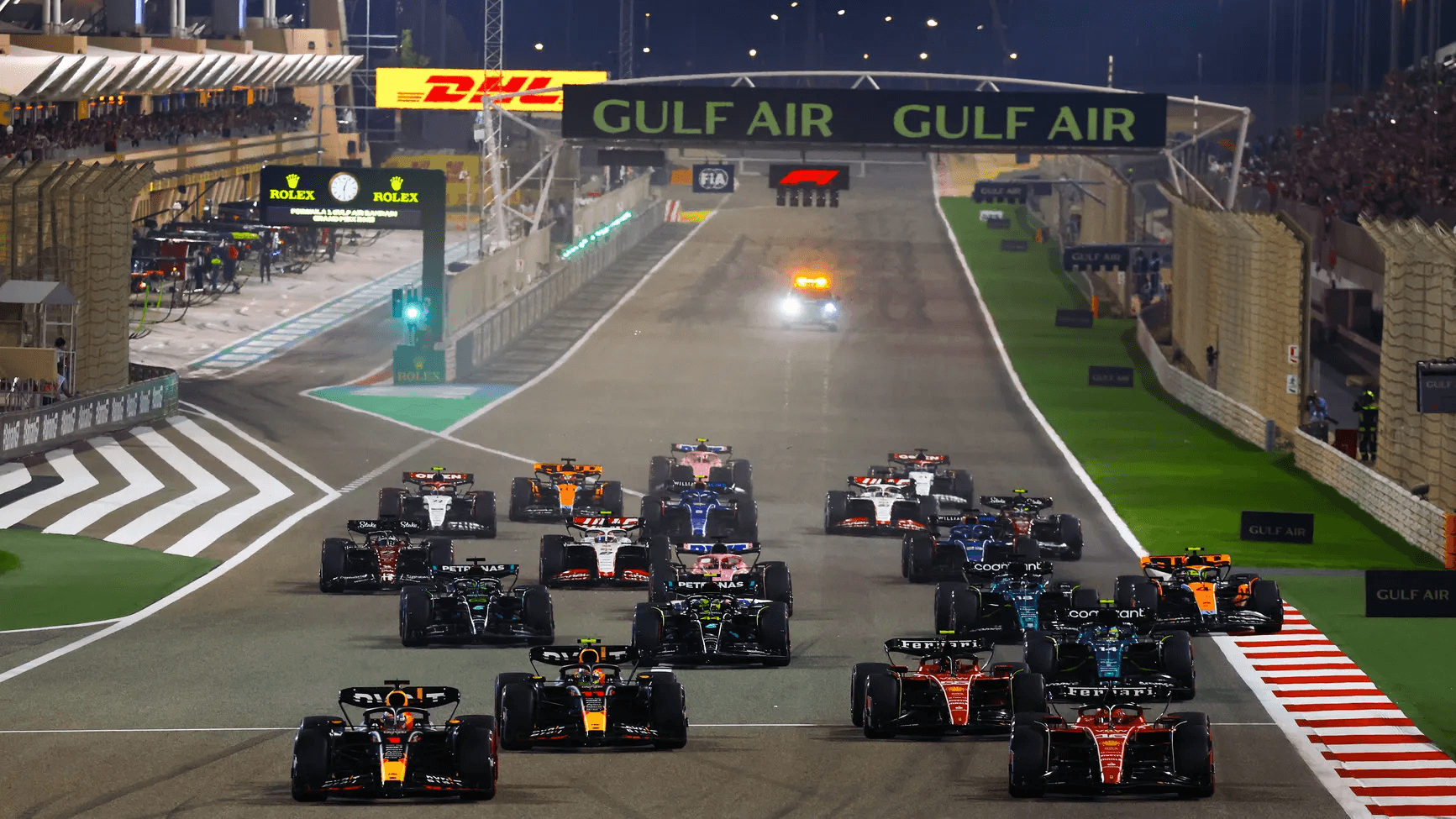
The History of Formula 1
The Beginnings
F1’s roots can be traced back to the early 20th century with European Grand Prix motor racing. The first official Formula 1 World Championship race took place at Silverstone, England, on May 13, 1950. The inaugural season featured iconic races like the Monaco Grand Prix and legendary drivers such as Giuseppe Farina, who became the first World Champion driving for Alfa Romeo.
The Decades of Evolution
1950s: The early years of F1 were dominated by Italian manufacturers like Alfa Romeo, Ferrari, and Maserati. These cars were powerful but lacked modern safety measures, leading to frequent and fatal accidents.
1960s: The sport saw its first technological revolution with the introduction of mid-engine cars. British teams like Lotus, led by Colin Chapman, pioneered innovations in chassis design and aerodynamics.
1970s: The introduction of ground-effect aerodynamics transformed how cars adhered to the track. Safety improvements, such as Armco barriers, were also introduced following numerous fatal accidents.
1990s: The tragic death of Ayrton Senna at the 1994 San Marino Grand Prix led to a major overhaul of safety standards, including improved circuit designs, advanced crash structures, and mandatory cockpit headrests.
2010s to Present: The hybrid era began in 2014 with the introduction of power units that combined internal combustion engines and Energy Recovery Systems (ERS). The focus shifted to sustainability, with F1 committing to net-zero carbon emissions by 2030.
The Evolution of Formula 1: Lessons from Incidents
F1 has consistently learned from its triumphs and tragedies, evolving to prioritize safety, innovation, and sustainability.
Key Incidents That Shaped the Sport
The 1961 Monza Disaster: Wolfgang von Trips and 15 spectators lost their lives, prompting stricter crowd control and better fencing at circuits.
Ayrton Senna’s Fatal Crash (1994): Senna’s death during the San Marino Grand Prix led to the introduction of higher cockpit sides, better crash barriers, and the Head and Neck Support (HANS) device.
Jules Bianchi’s Accident (2014): Bianchi’s crash under wet conditions emphasized the importance of cockpit protection. This incident accelerated the development of the Halo device, now mandatory on all F1 cars.
Technological Advancements
Hybrid Engines: The introduction of the Energy Recovery System (ERS) allowed teams to harvest kinetic and heat energy to power electric motors, reducing environmental impact without compromising performance.
Aerodynamic Evolution: The 2022 regulation changes emphasized “ground effect” aerodynamics to improve overtaking opportunities and reduce turbulence for following cars.
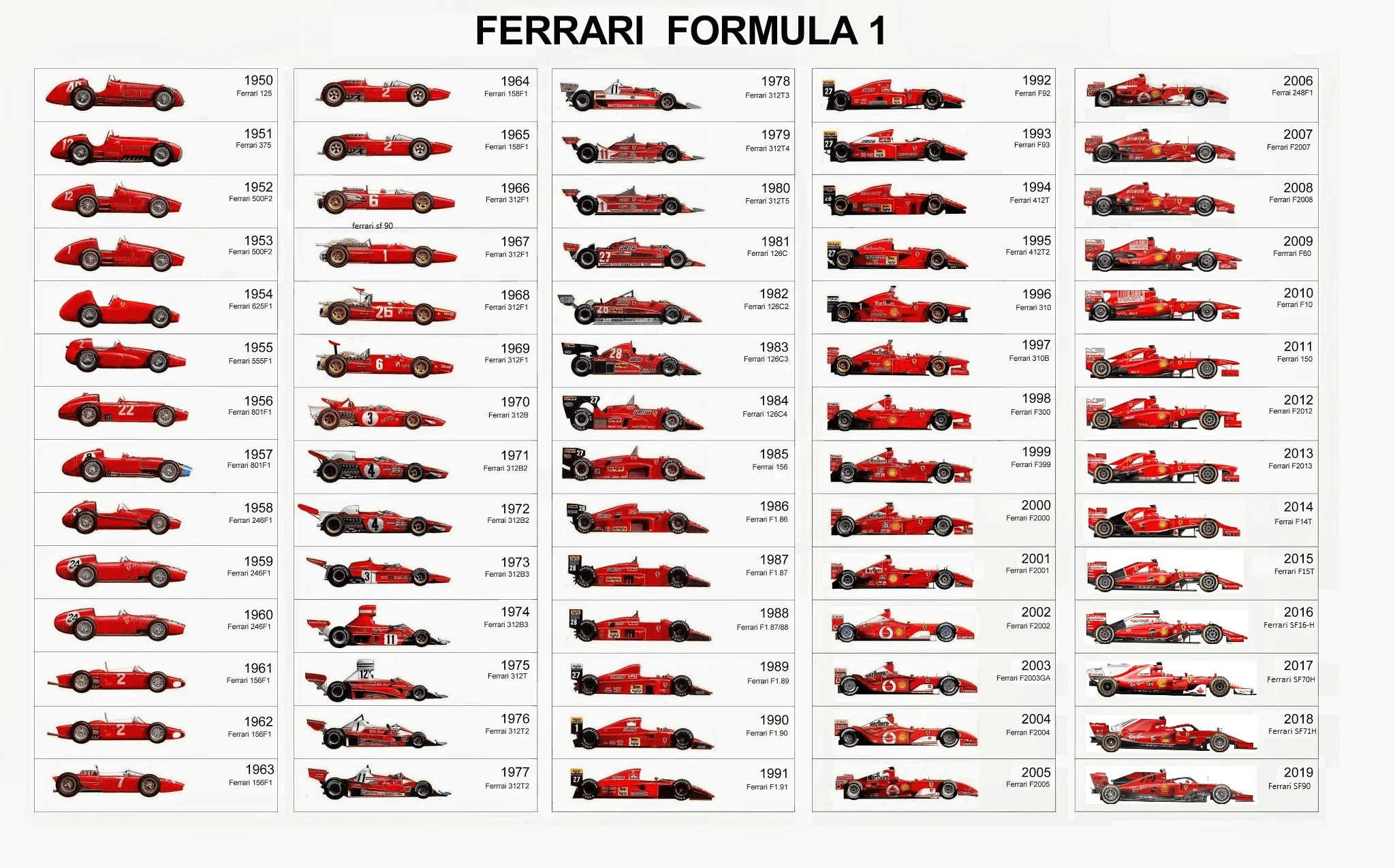
Engineering Teams: Precision Matters
The magic of Formula 1 is impossible without the engineering teams working behind the scenes. Each car is a result of thousands of hours of design, testing, and analysis.
Aerodynamics
Aerodynamics plays a pivotal role in F1, as it determines how air flows over, under, and around the car:
Front and Rear Wings: These are carefully designed to generate downforce, allowing the car to corner at higher speeds.
Ground Effect: The 2022 regulations revived ground-effect aerodynamics, using the car’s floor to create a vacuum-like effect that increases grip.
Material Science
Carbon Fiber: Widely used for its strength-to-weight ratio, carbon fiber forms the monocoque chassis, suspension parts, and bodywork.
Titanium and Kevlar: These materials enhance structural integrity and provide additional safety in critical areas like the Halo and crash structures.
Weight Optimization
The FIA sets minimum weight limits for cars (798 kg in 2025). Engineers strategically distribute this weight for optimal balance and handling.
Car Design, Cockpit, and Safety Features
The Design of an F1 Car
An F1 car is a masterpiece of engineering:
Power Units: The 1.6L turbocharged V6 hybrid engines produce over 1,000 horsepower, combining efficiency and power.
Braking Systems: Advanced carbon-ceramic brakes provide immense stopping power, capable of enduring temperatures over 1,000°C during races.
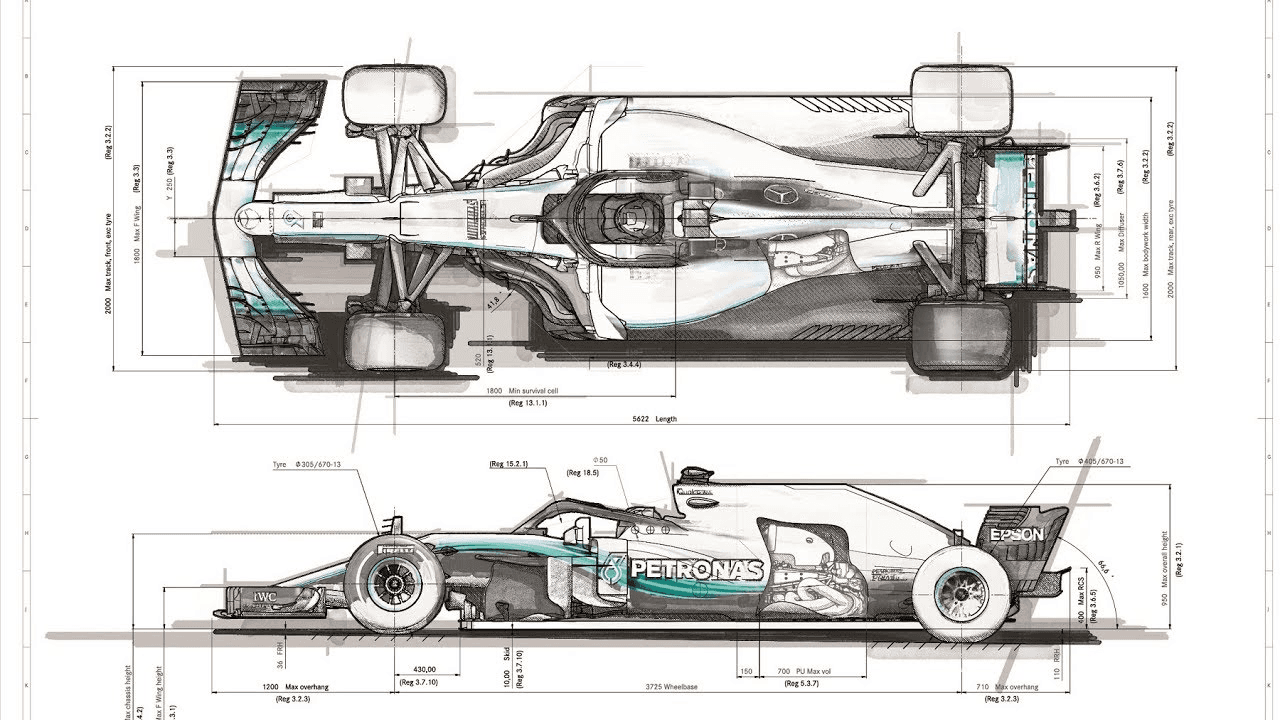
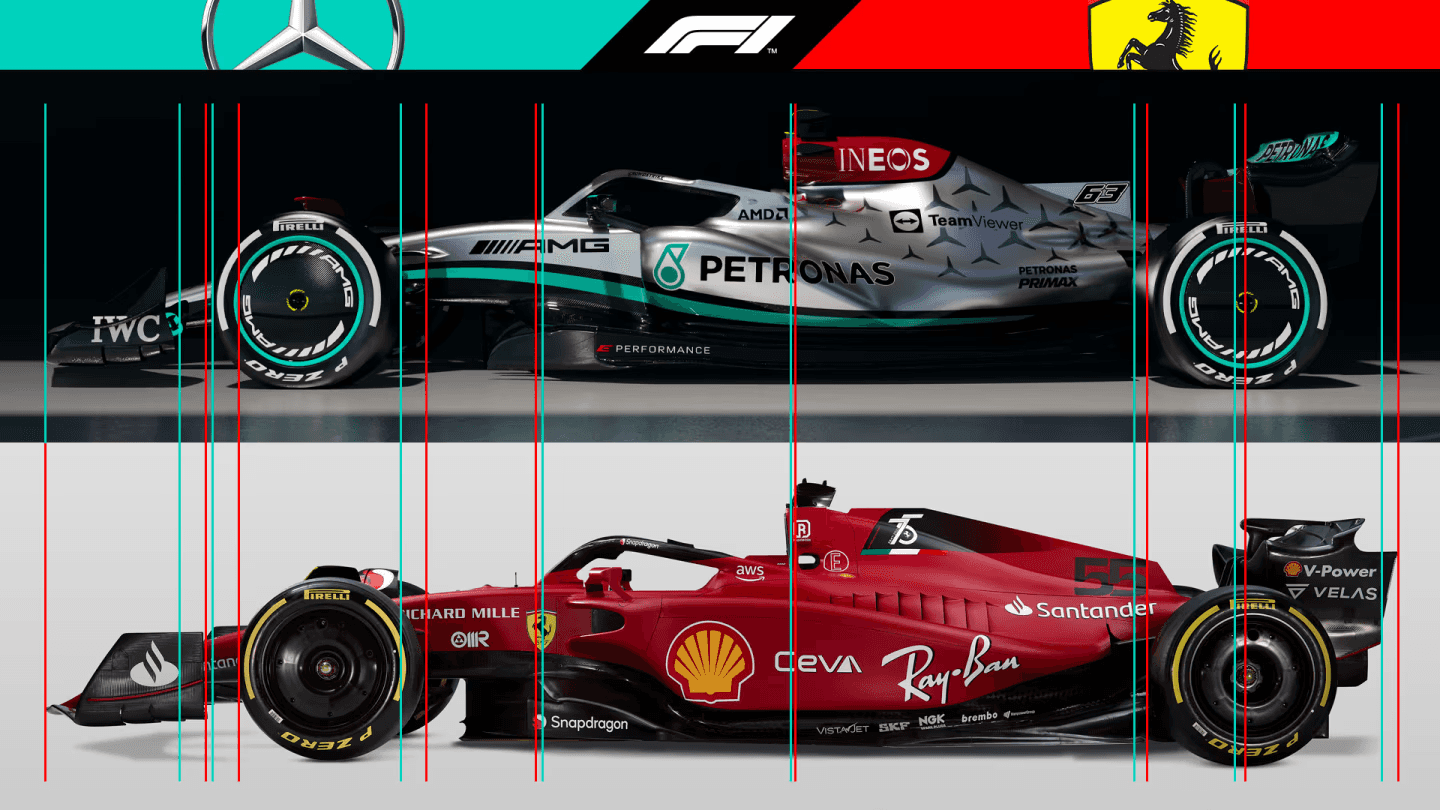
The Cockpit
Halo System: Introduced in 2018, the Halo is a titanium structure that can withstand forces equivalent to a double-decker bus falling on it. It protects drivers from debris and impacts.
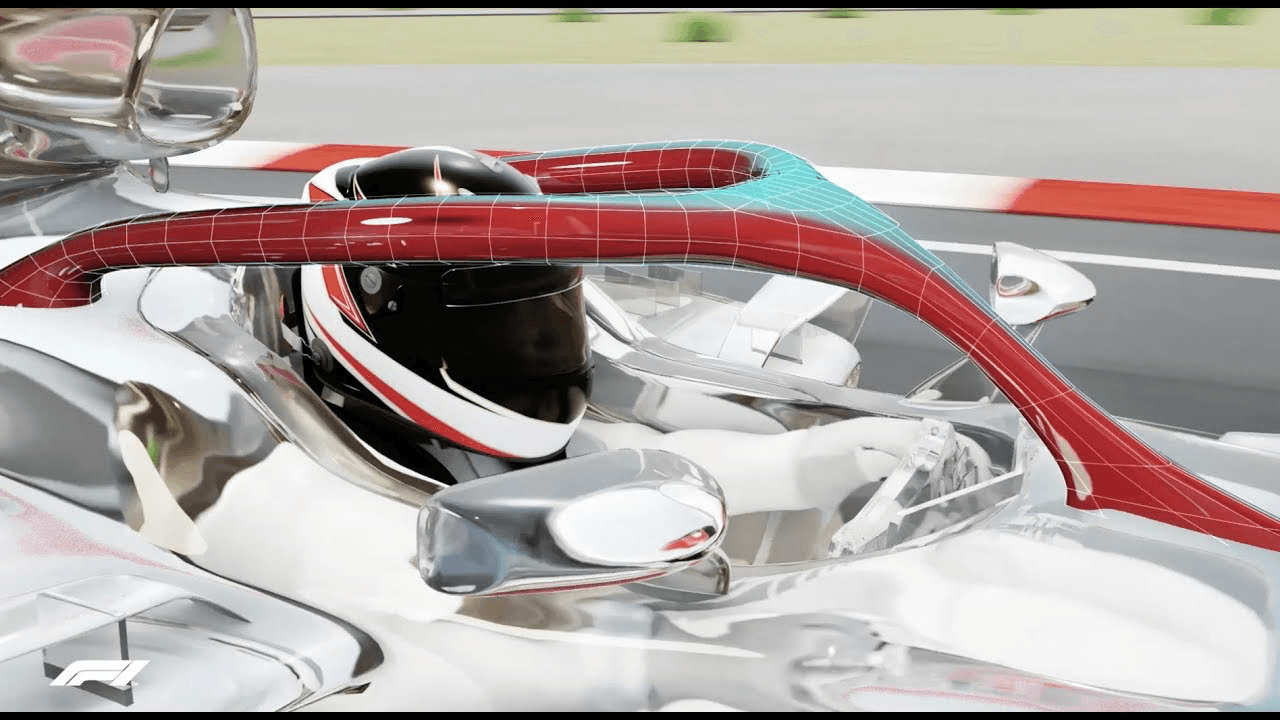
Steering Wheel: A hub of controls, the steering wheel features buttons and dials for engine modes, brake bias adjustments, and radio communication.
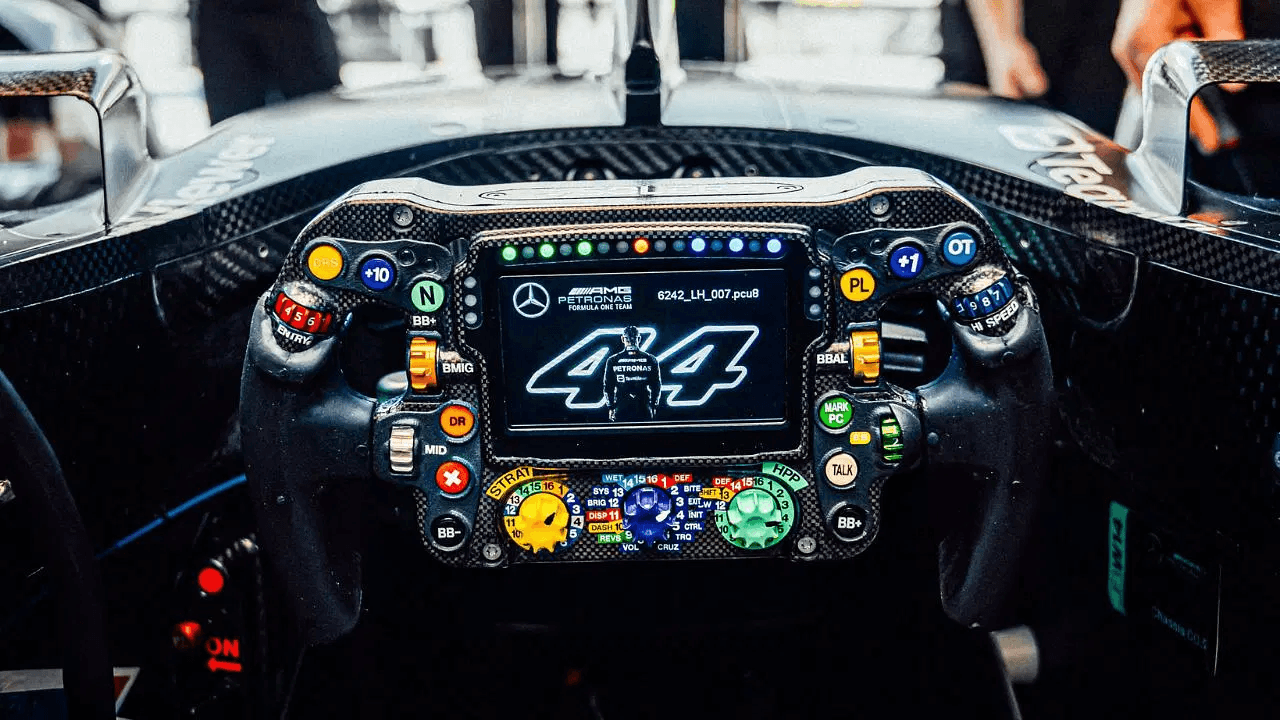
Safety Features
Survival Cell: The monocoque chassis protects the driver during crashes.
Fire Suppression Systems: Automatic extinguishers deploy during fires.
Advanced Helmets: Helmets are designed to withstand impacts and provide clear vision in adverse weather.
The Race Weekend: A Symphony of Strategy
A Formula 1 weekend spans three days, each with unique challenges.
Friday: Practice
Drivers familiarize themselves with the circuit.
Teams analyze tire performance and car setups.
Saturday: Qualifying
Split into three sessions (Q1, Q2, Q3), qualifying determines the starting grid.
Drivers aim to set the fastest lap times under immense pressure.
Sunday: The Race
Races typically last 90 minutes, covering around 305 kilometers.
Teams strategize on tire choices, fuel loads, and pit stops. A successful pit stop can take under two seconds, showcasing the incredible precision of the crew.
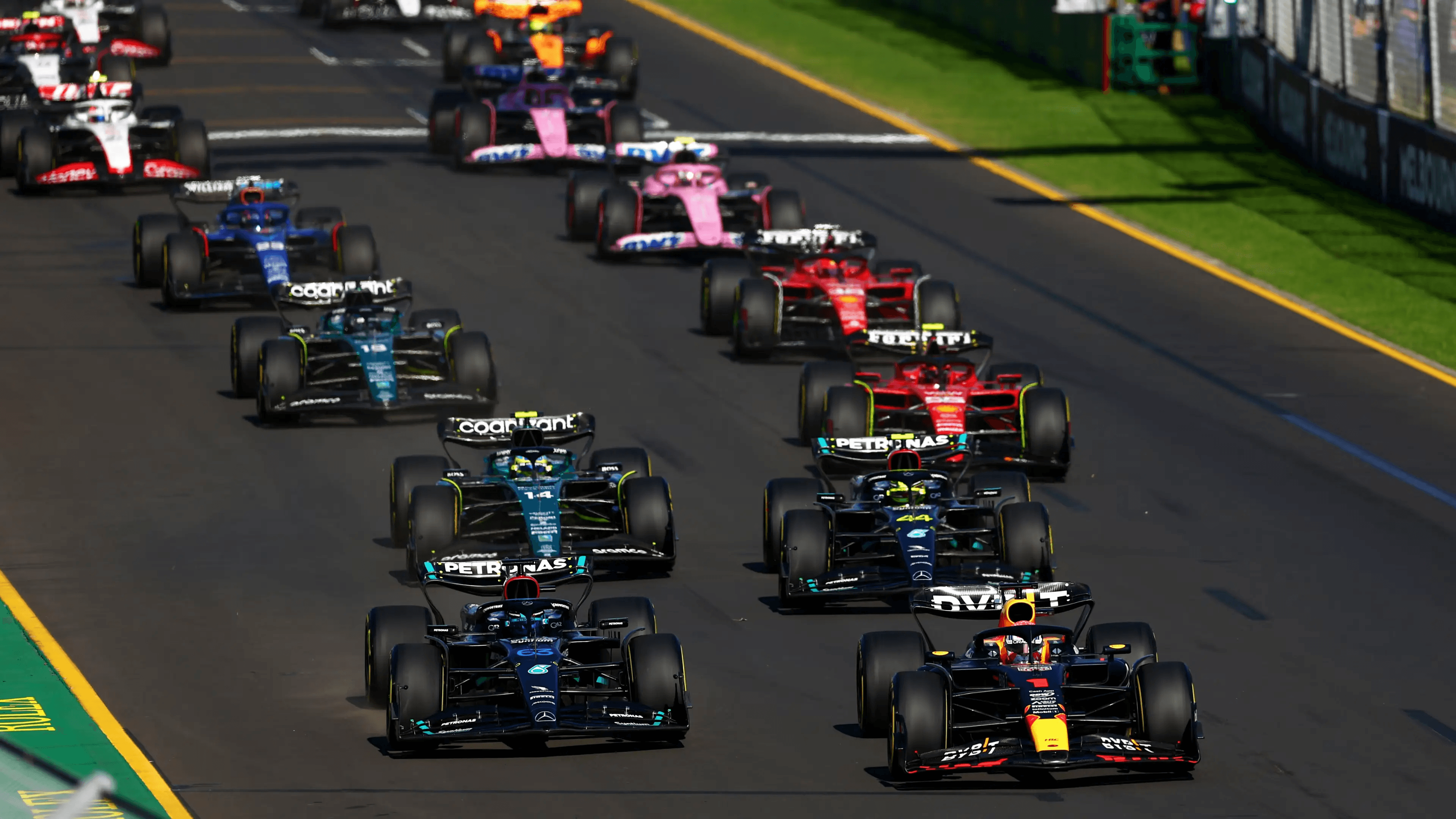
Conclusion: Why Formula 1 is an Engineering Marvel
Formula 1 is more than a sport; it is a testament to human ingenuity. Each car is a rolling laboratory, pushing the limits of speed, safety, and sustainability. The lessons learned on the track often influence road car technology, from hybrid engines to advanced materials.
With its blend of cutting-edge engineering and exhilarating competition, Formula 1 continues to captivate audiences worldwide, proving that the pursuit of excellence is a timeless endeavor.
Sources
FIA Technical Regulations (2025)
Source: The document uploaded by the user, providing detailed insights into the 2025 standards and regulations. Link: https://www.fia.com/sites/default/files/fia_2025_formula_1_technical_regulations_-_issue_01_-_2024-12-11_1.pdf
MDPI Paper on Energy Recovery Systems in Formula 1
Details on hybrid engines and their contributions to energy efficiency in F1. Link: https://www.mdpi.com/1996-1073/13/19/5183
F1’s Evolution and Safety Innovations
Coverage of major accidents like Senna’s crash and their impact on F1 safety standards. Link: https://casereports.bmj.com/content/2018/bcr-2018-225427.short
Historical and Modern Aerodynamics in F1
Insights into how aerodynamics evolved to improve car stability and overtaking. Link: https://doi.org/10.1046/j.1460-2687.1999.00030.x
Grohs Paper on Crashworthiness in Motorsport
Provides a deeper understanding of materials like carbon fiber and titanium for safety and performance. Link: https://doi.org/10.4271/2000-01-3540
Official F1 Website
Up-to-date details on current regulations, race schedules, and driver line-ups. Link: https://www.formula1.com
Wikipedia Articles on Formula 1
General background on F1 history and technological advancements. Link: https://en.wikipedia.org/wiki/Formula_One
Recent News and Updates (2025)
Articles detailing changes in driver line-ups, technical advancements, and race formats. Content from ongoing searches through news platforms such as BBC Sport and Autosport.
The Sun and Financial Times
Coverage of recent innovations and controversies, like McLaren’s aerodynamic advancements in 2025.Links:https://www.the-sun.com/sport/12475778/inside-f1-mclaren-wing-beating-red-bull-fans-illegal/
https://www.ft.com/content/6055320b-e833-427b-a5b7-23f4b78e8dc5




